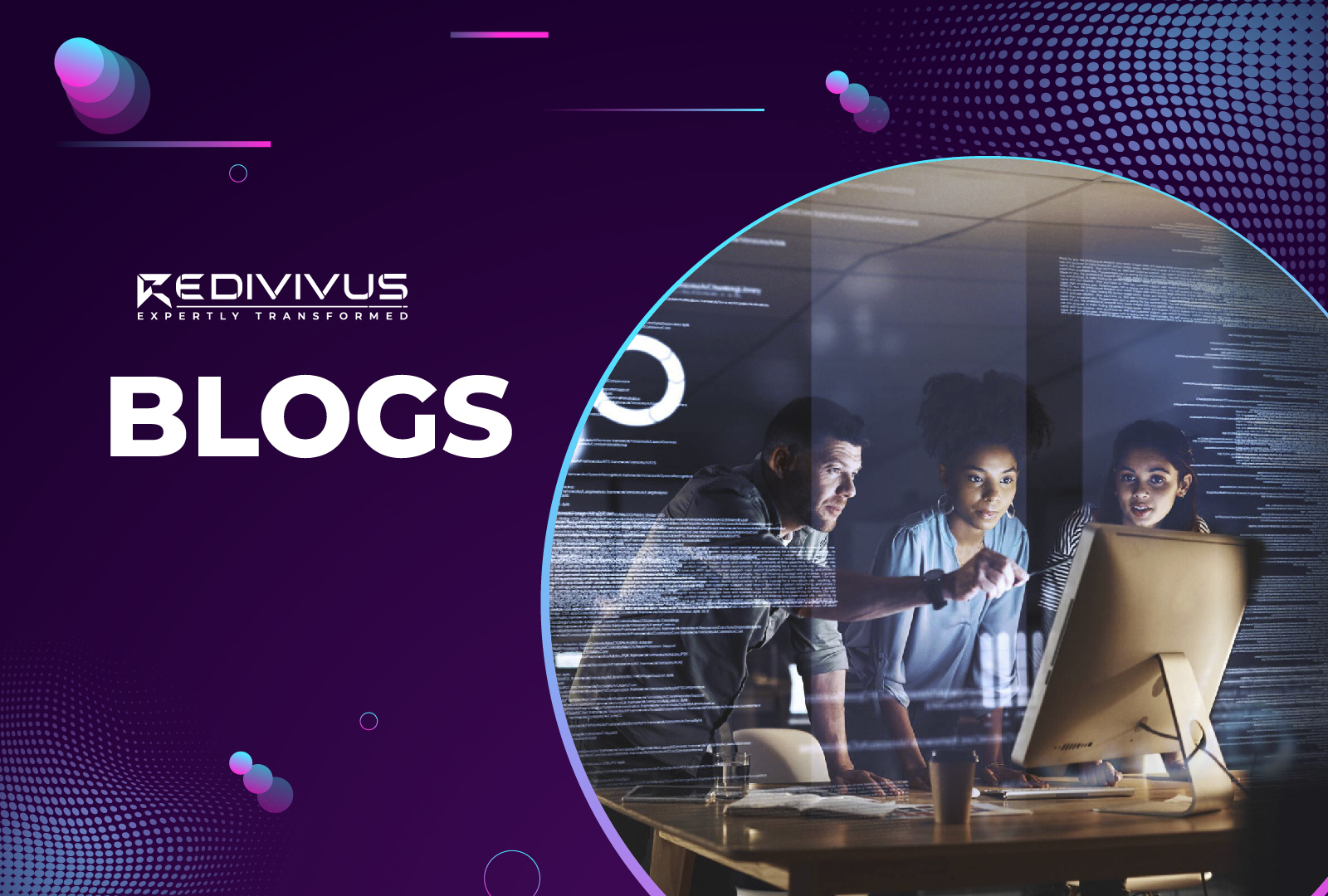
Empower your Java applications for the future. Dive into insights on modernization using Spring, Spring Boot, Hibernate, and other cutting-edge frameworks.
Tech Toolbox: Leveraging Tools and Technologies for Java Applications Modernization
Discover the tools and technologies, including Spring, Spring Boot, Hibernate, and more, that can streamline your Java applications modernization efforts. Learn about the features and benefits of these frameworks that empower your applications for the future.
Modernizing legacy Java applications involves leveraging a combination of tools and technologies to address various aspects such as architecture, development, testing, deployment, and monitoring. Here are some key tools and technologies that can play a crucial role in the successful modernization of legacy Java applications:
- Java Frameworks:
- Spring Framework: Widely used for building enterprise Java applications. Spring provides comprehensive infrastructure support and facilitates the development of modular and scalable applications.
- Spring Boot: Simplifies the process of building production-ready applications, making it easier to create stand-alone, production-grade Spring-based applications.
- Hibernate: An object-relational mapping (ORM) framework that simplifies database interactions, allowing for efficient and standardized database access.
- Development and Build Tools:
- Maven: A powerful build tool for managing project dependencies, building, and packaging Java applications. Maven simplifies the project configuration and dependency management processes.
- Gradle: Another build automation tool that offers flexibility and improved performance. Gradle is often used as an alternative to Maven for Java projects.
- Containerization and Orchestration:
- Docker: Enables packaging applications and their dependencies into containers, ensuring consistency across different environments.
- Kubernetes: Orchestrates and manages containerized applications, providing features such as scaling, load balancing, and automated deployment.
- Microservices and API Management:
- Spring Cloud: Provides tools and frameworks for building microservices architectures. It includes components for service discovery, configuration management, and API gateways.
- Apigee: A comprehensive API management platform that facilitates the development, deployment, and management of APIs.
- Integration and Messaging:
- Apache Camel: A lightweight integration framework that simplifies the integration of diverse systems and applications.
- Apache Kafka: A distributed streaming platform for building real-time data pipelines and streaming applications, often used for event-driven architectures.
- Continuous Integration/Continuous Deployment (CI/CD):
- Jenkins: An open-source automation server that supports building, testing, and deploying code changes continuously.
- GitLab CI/CD: Integrated CI/CD functionality within the GitLab platform, providing version control and continuous integration capabilities.
- Monitoring and Logging:
- Prometheus: An open-source monitoring and alerting toolkit designed for reliability and scalability.
- ELK Stack (Elasticsearch, Logstash, Kibana): Enables centralized logging, log analysis, and visualization to monitor application performance.
- Testing Tools:
- JUnit 5: A widely used testing framework for Java applications that supports the creation of unit tests.
- Selenium: A tool for automating web browser interactions, often used for functional testing of web applications.
- Cloud Services:
- Amazon Web Services (AWS), Microsoft Azure, Google Cloud Platform (GCP): Cloud platforms that offer a variety of services for hosting, scaling, and managing Java applications.
10.Static Code Analysis:
- SonarQube: A platform for continuous inspection of code quality, providing insights into code issues, bugs, and security vulnerabilities.
11.Database Modernization:
- Flyway and Liquibase: Tools for database version control and schema migrations, ensuring consistency across environments.
12.Code Quality and Security:
- Checkmarx: A static application security testing (SAST) tool that identifies security vulnerabilities in the code.
- SonarCloud: A cloud-based platform for continuous inspection of code quality, providing code analysis and security scanning.
These tools and technologies serve various purposes in the modernization journey, from enhancing development efficiency to ensuring the reliability and security of the modernized Java applications. The specific choice of tools will depend on the project requirements, team preferences, and the goals of the modernization effort.

